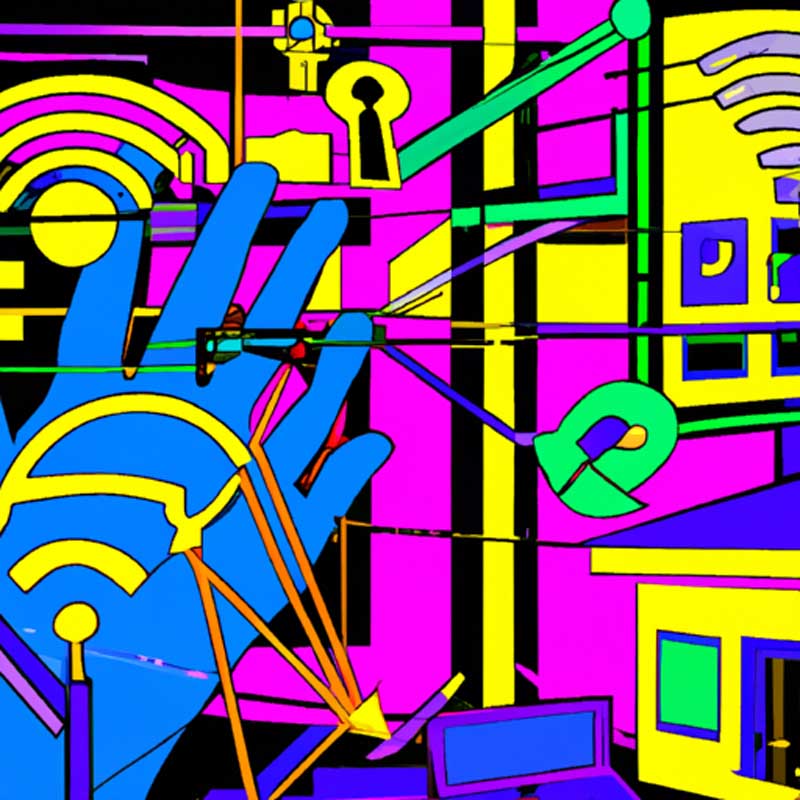Artificial Intelligence (AI) is increasingly being used in architecture, particularly in the generation of images. This article explores how AI interprets materials in order to create visual representations of buildings. The experiment uses a single prompt – a contemporary building immersed in a built environment, made of a specific material – to generate visualizations with six different building materials: brick, steel, adobe, wood, concrete, and stone.
The results of the experiment show that the AI recognizes the variations of each material, including shades and textures, and creates visualizations that align with common applications and typologies. For example, the visualizations of buildings made of brick emphasize robustness and show variations in brick shades and textures. Buildings made of steel suggest the application of steel as a construction system, often in conjunction with glass facades. Adobe buildings exhibit regionality and features that evoke a local character. Wood buildings show a range of shades and textures, varying from light tones to darker textures, and exhibit different structural elements. Concrete buildings often combine concrete with glass facades and have blind faces on the facade. Stone buildings prove to be the most challenging material for AI to represent due to the diversity of types of stones.
The experiment suggests that AI is capable of distinguishing between textures of materials and recognizes the relationship between specific materials and building typologies. However, there is still progress to be made in generating complex proposals that arise from a deep understanding of the built environment, materials, and their essence. The article concludes by speculating on the future of AI in architecture and its potential to interpret abstract and artistic concepts.
